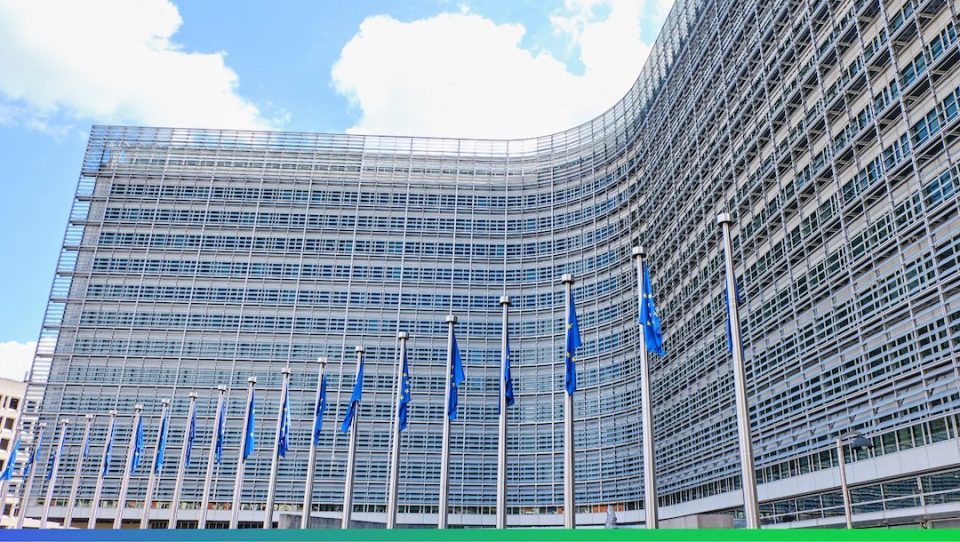
Combatting climate change has long been a top priority for the European Union (EU). While previous regulations have been chiefly voluntary, a groundbreaking policy known as the Carbon Border Adjustment Mechanism (CBAM) is set to reshape the landscape. Approved by the EU Council on April 18th, the CBAM will have far-reaching implications for businesses exporting certain goods and materials to the EU, transcending the boundaries between climate change and global trade.
The CBAM will initially focus on key industry sectors, such as iron and steel, cement, fertilizers, aluminum, electricity, and hydrogen. Starting from October 2023, it will require reporting, eventually transitioning to mandatory requirements.
The mechanism aims to equalize the carbon prices paid for products made within and outside the EU. Companies importing into the EU must purchase CBAM certificates, bridging the gap between the carbon price in the country of production and the EU’s carbon allowances.
The goal is to incentivize non-EU countries to bolster their climate ambitions. The CBAM will be implemented alongside the phaseout of free carbon allowances provided under the EU’s Emissions Trading System (ETS), concluding by 2034.
Implications and timing
The CBAM reporting period will span three years, until 2026, after which it will be applied to goods in the initial sectors. The EU aims to extend the CBAM to cover all goods included in the ETS by 2030. As part of the EU’s comprehensive “Fit for 55” package, which seeks a 55% reduction in greenhouse gas emissions by 2030, the CBAM underscores the EU’s commitment to combating climate change. The package encompasses diverse measures, such as the ETS, promoting renewable energy, transitioning to electric vehicles, advancing green aviation and maritime fuels, and enhancing building energy efficiency.
Challenges and global impact
The CBAM poses significant challenges for companies operating in countries without carbon costs on industry. The EU claims that the legislation will fully comply with World Trade Organization (WTO) rules. However, its extensive scope and ambition may lead to trade restraint disputes and potential retaliatory measures. While similar measures have been proposed in the United States, there are no equivalent initiatives in other major trading partners of the EU, such as India and China.
China’s predicament
China, as the world’s largest carbon emitter and the biggest exporter to the European Union (EU), is likely to be profoundly affected by the CBAM. Despite having reduced its carbon emissions by 50.3% since 2005, China still faces substantial reforms to meet the EU’s ambitious climate targets. The CBAM’s goal is to ensure fairness in carbon pricing globally and regulate the distribution of carbon emissions through a border carbon tax.
The policy will impose a progressive tax on imported high-carbon goods, including steel, iron, aluminum, cement, fertilizer, and electricity. Importers of these commodities will need to pay the difference between the carbon price in the producing country and the EU’s carbon allowances.
China’s steel industry is expected to be hit the hardest, followed by aluminum exports. Carbon tariffs will increase the cost of exports and disrupt the competitive advantage of Chinese companies in the EU market, impacting industry profits and the entire Chinese industry chain.
Navigating compliance: strategies for organizations exporting to the EU
To ensure compliance with the Carbon Border Adjustment Mechanism (CBAM) and navigate the changing landscape of global climate regulations, organizations exporting goods to the European Union (EU) can adopt proactive measures.
First and foremost, they should conduct a comprehensive assessment of their carbon emissions and identify areas for emission reduction. This may involve implementing digital solutions that make collecting and reporting on this data.
Second, companies can explore partnerships and collaborations with EU-based organizations that have established carbon reduction strategies and technologies. European companies have been developing energy and carbon optimization solutions for many years now, due to the comparatively strict and mature climate change regulations in the EU. Solutions such as digital twin-based energy and operations management, low-carbon retrofitting, and renewable energy asset installation are strategies developed by European firms. Such collaborations can help foster knowledge exchange and facilitate the adoption of best practices.
Finally, organizations should consider engaging with carbon market mechanisms, such as carbon offsetting or investing in carbon credits, to offset their emissions and align with the EU’s carbon pricing framework. By adopting these strategies, businesses can ensure compliance with the CBAM and position themselves as leaders in sustainability and contribute to a greener future.
A transformative step in addressing climate change
The European Union’s Carbon Border Adjustment Mechanism represents a significant step in the fight against climate change. By imposing carbon tariffs on imports and bridging the gap between carbon prices within and outside the EU, the CBAM aims to encourage global emissions reductions and drive increased climate ambition worldwide. While the policy may face trade disputes and challenges, its potential impact on high-carbon emitting countries like China underscores the urgency and complexity of addressing climate change on a global scale.




